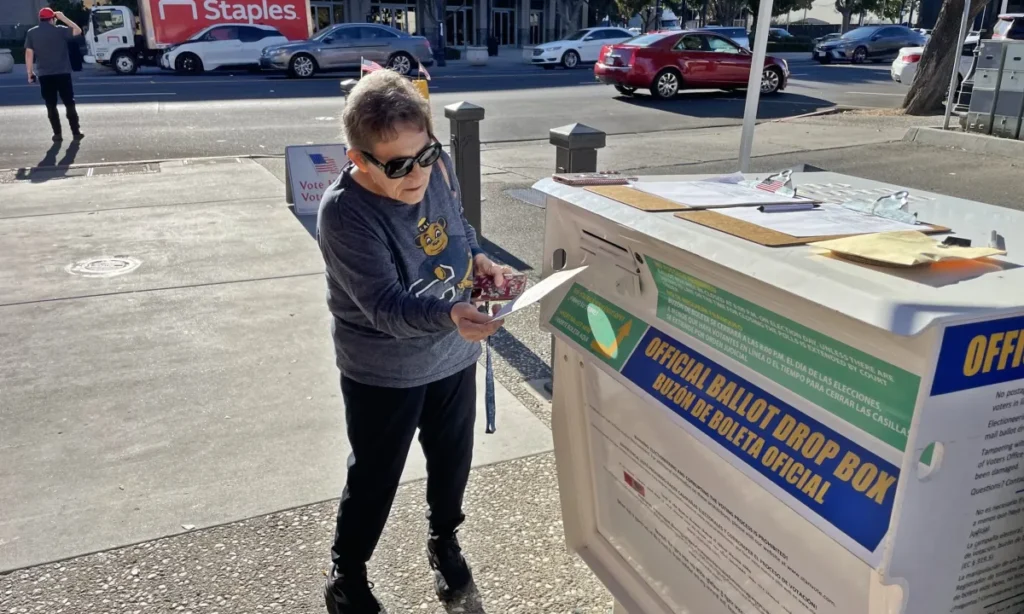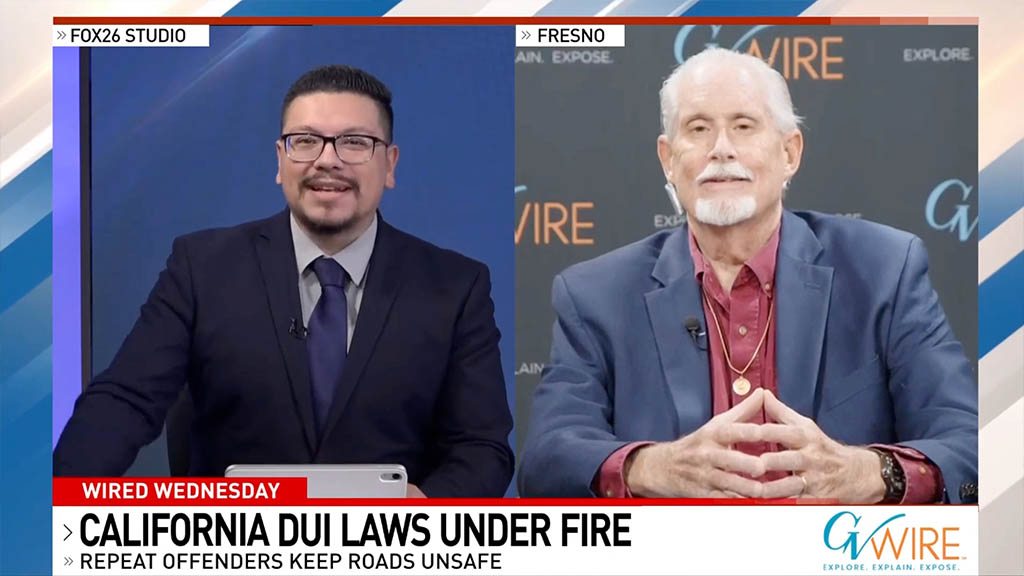Share
Gavin Newsom loves superlatives, even when they are unwarranted, and a strong surge in state revenues gave him the opportunity last week to indulge his peculiarity.
Repeatedly, the governor boasted about a $75 billion budget surplus that in combination with wad of federal pandemic aid would finance a “$100 billion California Comeback Plan” of new and expanded services, including cash payments to millions of families as part of a $267 billion budget.
“This is a generational budget,” Newsom said. “This is an historic, transformational budget. This is not a budget that plays small ball. We’re not playing in the margins. We are not trying to fail more efficiently.”

Dan Walters
Opinion
Budget Analyst Says Surplus is Closer to $38 Billion
However, the Legislature’s budget analyst, Gabe Petek, has a sharply different take. He says the true surplus that can be spent or saved over two years is more like $38 billion — still a very substantial sum but lacking the political punch of the numbers Newsom threw out.
Why the difference? It’s one of semantics. To arrive at his big number, Newsom counted money that is already committed by law to be spent or saved, such as constitutionally required aid to schools.
“The governor’s estimate includes constitutionally required spending on schools and community colleges, reserves, and debt payments,” Petek told legislators. “We do not consider these spending amounts part of the surplus because they must be allocated to specified purposes.”
Petek Cautions Newsom on Lavish Spending Plan
Petek also does not agree with Newsom’s plans for lavish new spending, saying it might cripple the state’s ability to balance the budget once the revenue bubble bursts and federal aid dries up.
“Despite a historic surge in revenues, the governor continues to rely on budget tools from last year,” Petek said. “Specifically, he uses $12 billion in reserve withdrawals and borrowing to increase spending. The state will need these tools to respond to future challenges, when federal assistance might not be as significant. We urge the Legislature not to take a step back from its track record of prudent budget management.”
Petek’s cautionary analysis obviously will not sit well with Newsom, whose expansive budget is aimed, in part, at countering a campaign to recall him by applying grease to some of the state’s squeakiest political wheels. But it also may not please his bosses in the Legislature, who not only support Newsom’s spending plans but want to go further.
Reminiscent of Gray Davis Before Recall
The situation is more than slightly reminiscent of what happened 18 years ago when one of Newsom’s predecessors, Gray Davis, also faced a recall.
Davis barely won re-election in 2002, and immediately afterwards told Californians that the state budget faced horrendous deficits that would require steep spending cuts and new taxes. He evidently believed that maximizing the fiscal crisis would make Californians more willing to accept the taxes, but it backfired badly.
Davis was accused of hiding the massive deficit as he sought re-election and Elizabeth Hill, the Legislature’s budget analyst at the time — much as Petek is doing now — revealed that Davis’ deficit number was much overstated.
Davis, as with Newsom’s surplus figure today, arbitrarily included extraneous figures that didn’t rightfully belong. His clumsy effort to manipulate public opinion jump-started the recall campaign, which resulted in his ouster a year later.
Both situations illustrate the invaluable role that Petek’s office plays in calling out governors when they engage in creative bookkeeping to advance their political goals. It has a well-earned and jealously guarded reputation for playing it straight and while its advice is not always followed, it gives the media and the larger public a consistent guide to what’s really happening in the state’s increasingly convoluted finances.
RELATED TOPICS:
Categories




















